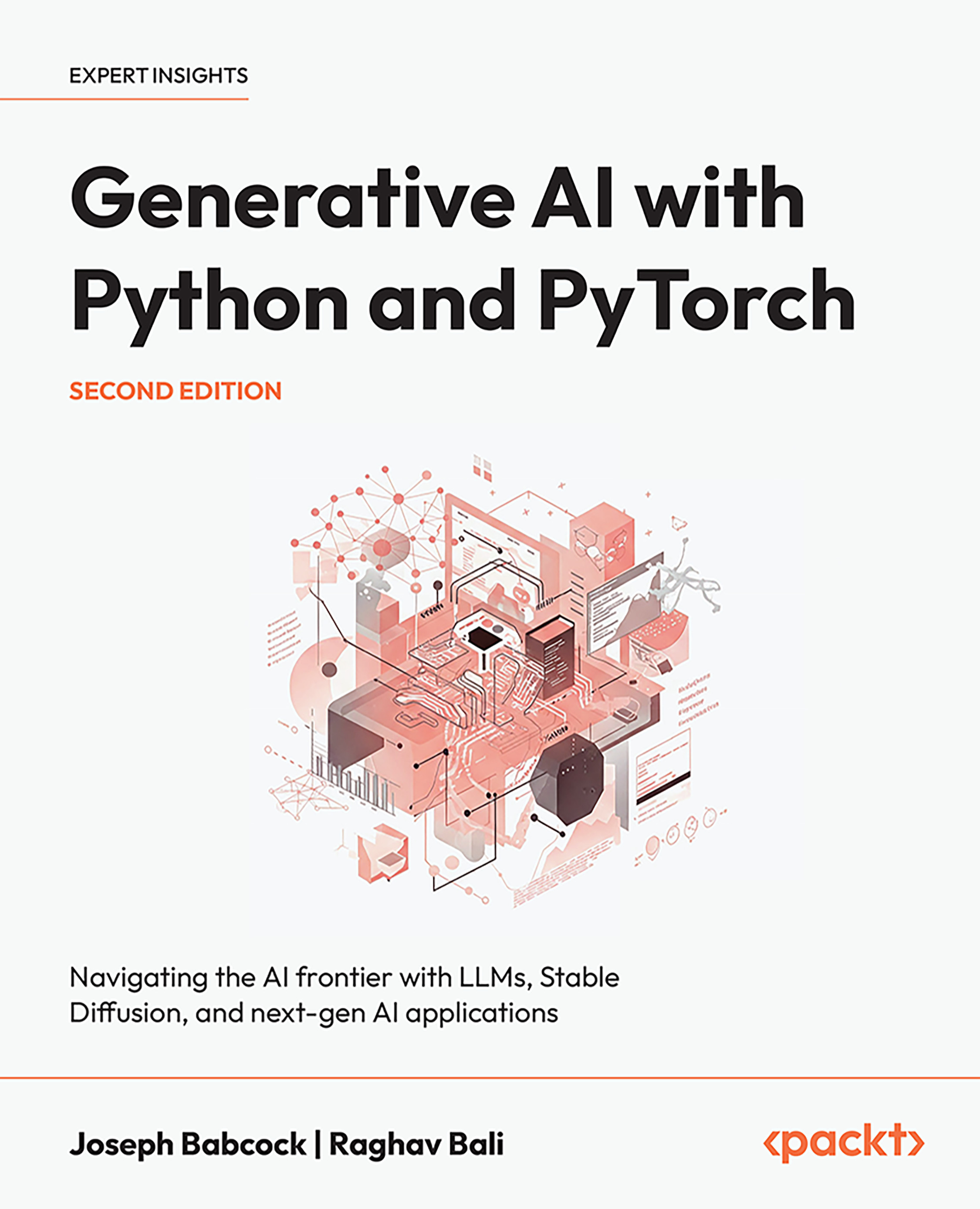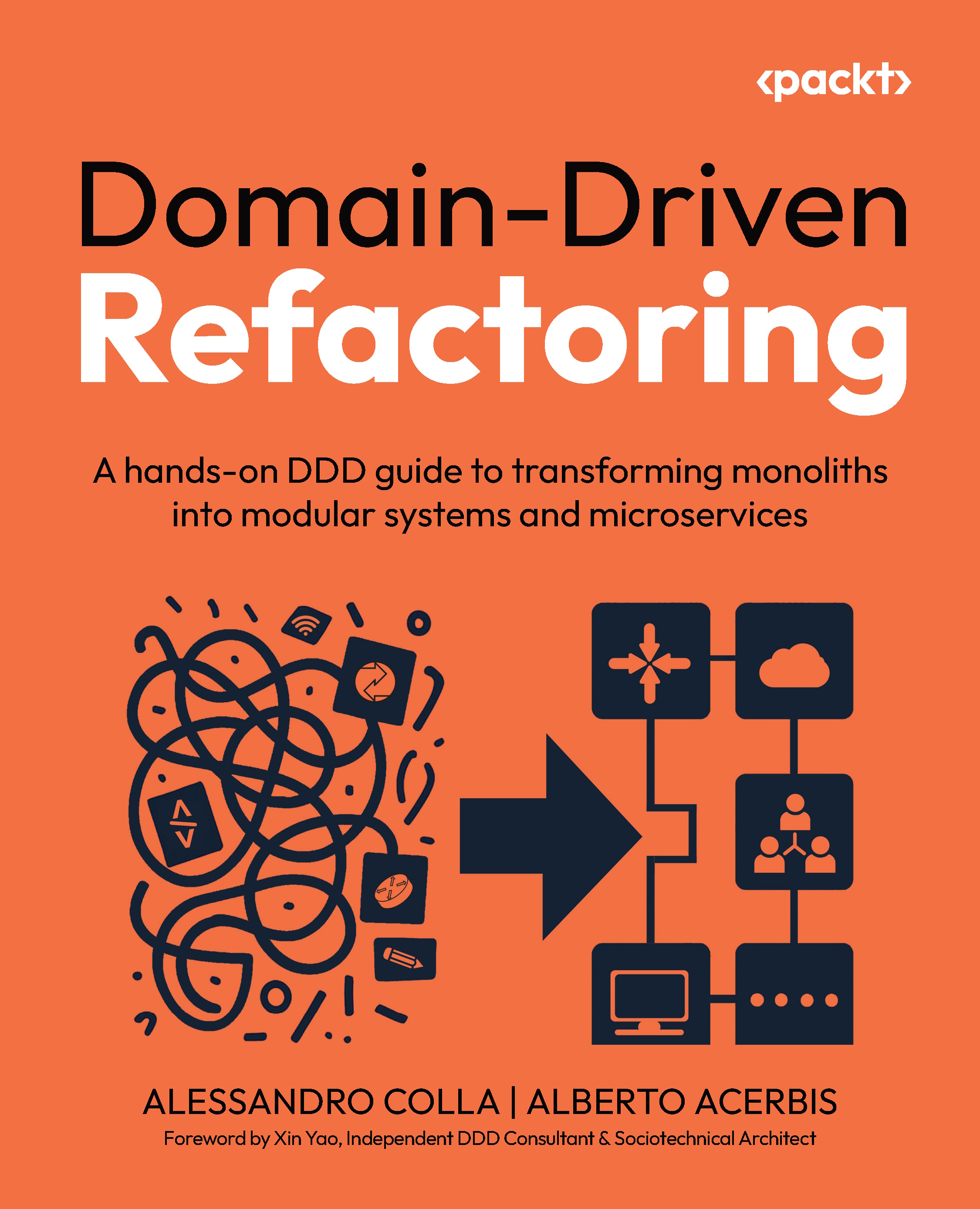Yesterday, Amazon introduced a fully managed service, AWS Ground Station used for controlling satellite communications, downlink and processing satellite data. It is also used for scaling satellite operations quickly and cost-effectively. Ground Stations are basically at the core of satellite networks and they provide communication between the ground and the satellite. Currently, Amazon has a pair of ground stations and it will soon have 12 in operation by mid-2019. Each of the ground stations are associated with a particular AWS Region.
One can use AWS Ground Station on an as-needed, pay-as-you-go basis instead of building a ground station or entering into a long-term contract. With AWS Ground Station, it is possible to get an access to a ground station on a regular basis for capturing Earth’s observations or for distributing content world-wide at low cost. With AWS Ground Station, one need not build or maintain antennas.
How does the AWS Ground Station work?
The raw analog data from the satellite is processed by Amazon’s modem digitizer into a data stream. It is then routed to an EC2 instance which is responsible for processing the signal so that it could be turned into a byte stream. Once the data is in digital form, streaming, processing, analytics, and storage options get available.
Streaming
Amazon Kinesis Data Streams (KDS), a massively scalable and durable real-time data streaming service is used for capturing, processing, and storing data streams. KDS continuously captures gigabytes of data per second from thousands of sources such as website clickstreams, financial transactions, database event streams, social media feeds, location-tracking events and IT logs.The data which gets collected then becomes available in milliseconds to enable real-time analytics use cases such as real-time anomaly detection, real-time dashboards, dynamic pricing, and more.
Processing
Amazon Rekognition, based on a highly scalable, deep learning technology developed by Amazon’s computer vision scientists is used to analyze billions of images and videos daily. No machine learning expertise is required to use it. It is a simple and easy to use API which quickly analyzes any image or video file stored in Amazon S3. It also provides highly accurate facial analysis and facial recognition on images and videos.
Build, train, and deploy ML models
Amazon SageMaker, a fully-managed platform helps developers and data scientists to build, train, and deploy machine learning models at any scale, easily. It also makes it easier for the developers as it removes all the complexity.
Unlock access to the largest independent learning library in Tech for FREE!
Get unlimited access to 7500+ expert-authored eBooks and video courses covering every tech area you can think of.
Renews at $19.99/month. Cancel anytime
Analytics / Reporting
Amazon Redshift, a fast and scalable data warehouse makes it simple and cost-effective to analyze all the data across the data warehouse and data lake.It delivers ten times faster performance than other data warehouses by using machine learning. It is easy to setup and deploy a new data warehouse in minutes, and run queries across petabytes of data in the Redshift data warehouse.
Storage
Amazon Simple Storage Service (Amazon S3), an object storage service offers industry-leading scalability, security, data availability, and performance. It can be used by industries to store and protect any amount of data for a range of use cases, such as mobile applications, websites, archive, backup and restore, enterprise applications, etc. Amazon S3 Glacier is also useful as it is secure, durable, and extremely low-cost cloud storage service. It is used for data archiving and long-term backup.
Though the idea of AWS Ground Station sounds very interesting but the cost is still a question. Users have to pay per minute of downlink time and which is expensive. So, the idea of low cost fails here. Also, observations might not be that accurate as the orbit determination needs the control of the antenna. To convince the ones who would still be interested in building their own Ground Station and not relying on the third party, would be difficult.
To know more about this news, check out Amazon’s official blog.
Amazon re:Invent announces Amazon DynamoDB Transactions, CloudWatch Logs Insights and cloud security conference, Amazon re:Inforce 2019
3 announcements about Amazon S3 from re:Invent 2018: Intelligent-Tiering, Object Lock, and Batch Operations
Amazon FreeRTOS adds a new ‘Bluetooth low energy support’ feature
 United States
United States
 Great Britain
Great Britain
 India
India
 Germany
Germany
 France
France
 Canada
Canada
 Russia
Russia
 Spain
Spain
 Brazil
Brazil
 Australia
Australia
 Singapore
Singapore
 Canary Islands
Canary Islands
 Hungary
Hungary
 Ukraine
Ukraine
 Luxembourg
Luxembourg
 Estonia
Estonia
 Lithuania
Lithuania
 South Korea
South Korea
 Turkey
Turkey
 Switzerland
Switzerland
 Colombia
Colombia
 Taiwan
Taiwan
 Chile
Chile
 Norway
Norway
 Ecuador
Ecuador
 Indonesia
Indonesia
 New Zealand
New Zealand
 Cyprus
Cyprus
 Denmark
Denmark
 Finland
Finland
 Poland
Poland
 Malta
Malta
 Czechia
Czechia
 Austria
Austria
 Sweden
Sweden
 Italy
Italy
 Egypt
Egypt
 Belgium
Belgium
 Portugal
Portugal
 Slovenia
Slovenia
 Ireland
Ireland
 Romania
Romania
 Greece
Greece
 Argentina
Argentina
 Netherlands
Netherlands
 Bulgaria
Bulgaria
 Latvia
Latvia
 South Africa
South Africa
 Malaysia
Malaysia
 Japan
Japan
 Slovakia
Slovakia
 Philippines
Philippines
 Mexico
Mexico
 Thailand
Thailand














